Overview
TL;DR: This comprehensive guide helps you choose the right pocket knife by discussing essential factors like blade types, materials, handle comfort, size, locking mechanisms, and budgeting. It emphasizes the importance of quality craftsmanship and maintenance tips to ensure longevity and functionality in your everyday carry gear.
Frequently Asked Questions
1. What is a pocket knife?
2. What are the different types of pocket knife blades?
3. What materials are typically used for pocket knife blades?
4. How do I choose the right handle material for a pocket knife?
5. What factors should I consider when budgeting for a pocket knife?
When it comes to everyday carry (EDC) gear, few items are as versatile and essential as a pocket knife. Whether you're opening packages, preparing food, or handling minor repairs, a handy knife can provide the perfect solution. However, with so many options available, how do you choose the right pocket knife for your needs? In this comprehensive guide, we’ll explore key considerations, styles, and features to help you make an informed decision when selecting your next pocket knife, including a special emphasis on the beauty and utility of handmade knives.
Understanding the Basics of Pocket Knives
Before diving into the specifics, it’s important to understand what a pocket knife is and its basic components. A pocket knife is a small, foldable knife that can easily fit into your pocket or bag. This handy tool typically consists of a blade, a handle, and a locking mechanism. Here are some fundamental aspects to consider:
Blade Types
The blade of a pocket knife is crucial to its functionality, and understanding the different types can help you select one that best fits your needs:
- Drop Point: Known for its versatility, this blade has a curved spine that drops towards the tip, making it excellent for general tasks.
- Clip Point: With a more pointed tip, this style is ideal for piercing and controlled cutting.
- Spear Point: Both edges are sharpened, making this blade ideal for stabbing and thrusting motions.
- Wharncliffe: The straight edge allows for precision cutting, perfect for detailed tasks.
Blade Material
The material of the blade will significantly affect its performance, durability, and maintenance. Here are common materials used in pocket knife blades:
- Stainless Steel: Renowned for its resistance to rust and corrosion, making it a low-maintenance option.
- High Carbon Steel: Known for its superior edge retention and tough properties, although it may require more maintenance to avoid rust.
- Damascus Steel: Beautiful and unique, this type of steel combines aesthetics with strength, often found in handmade knives.
Choosing the Right Handle
A pocket knife's handle can significantly affect the comfort, grip, and overall usability of the knife. Here’s what to look for when choosing a handle material:
Common Handle Materials
- Wood: Offers a classic aesthetic and feel; however, it may not be as durable against moisture.
- Plastic: Lightweight and versatile, available in various colors and designs.
- Metal: Extremely durable and robust, adding some weight but also longevity.
- Composite Materials: Provides a balance between weight and sturdiness, often resembling wood or metal.
Size and Portability
When choosing a pocket knife, size matters. A larger knife may be more effective for heavy-duty tasks, while smaller knives are ideal for everyday carry. Consider the following:
Blade Length
A blade length of 2.5 to 3.5 inches is ideal for most everyday tasks. Longer blades may be better for camping or outdoor activities, while shorter blades are suitable for light tasks.
Weight and Thickness
Keep in mind that a heavier knife may be more challenging to carry daily. Look for a design that balances weight with the desired strength and durability. A slim, lightweight pocket knife is easier to carry without sacrificing functionality.
Locking Mechanisms
Safety is paramount when it comes to pocket knives, and understanding the different locking mechanisms available can aid in making a secure choice:
- Frame Lock: Utilizes the handle's frame to lock the blade in place, offering a strong and simple design.
- Liner Lock: Similar to the frame lock but located inside the handle, it provides ease of use while still securing the blade.
- Back Lock: Engages a mechanism at the back of the knife, common in traditional folding knives.
- Axis Lock: Utilizes a bar that can be slid back to release the blade, allowing for one-handed operation.
Style and Design
The aesthetic aspects of a pocket knife shouldn't be overlooked. While functionality is the priority, the style of the knife can also reflect personal taste. Here are a few styles to consider:
Traditional vs. Modern Design
Traditional pocket knives often feature classic materials and designs, offering durability and nostalgia. They are perfect for collectors and those who appreciate craftsmanship, particularly with handmade knives. On the other hand, modern pocket knives may incorporate advanced materials and technology, catering to enthusiasts and collectors alike.
Customization Options
Some manufacturers offer customization options, allowing you to choose materials, colors, and design features. This can be a great way to express your personal style while ensuring the knife meets your specific needs.
Budgeting for Your Pocket Knife
When it comes to choosing a pocket knife, your budget will play a crucial role in your decision-making process. High-quality knives can range from affordable options to premium, bespoke handmade pieces. Here’s how to navigate this:
Value vs. Cost
Investing in a pocket knife is about balancing cost with value. More expensive knives often feature superior materials, leading to better performance and longevity. However, if you’re just starting or need a basic tool, there are plenty of budget-friendly options that can adequately serve your purpose.
Seeking Quality Craftsmanship
Always look for well-constructed knives, regardless of the price point. Pay attention to reviews, brand reputation, and the type of materials used. Knives crafted with care, particularly handmade knives, are often worth the investment due to their durability and unique aesthetics.
Maintenance and Care Tips
To ensure a long-lasting relationship with your pocket knife, proper maintenance is essential. Here are some tips to keep your knife in top shape:
Regular Cleaning
After each use, wipe down the blade to remove dirt or moisture. Basic cleaning may involve using warm, soapy water and a soft cloth. Avoid abrasive materials that could scratch the blade.
Sharpening Your Knife
Keeping your blade sharp is vital for ensuring optimal performance. Invest in a good sharpening stone or system and develop a regular sharpening routine, especially if you use the knife frequently.
Proper Storage
Store your pocket knife in a dry place, ideally in a sheath or case to protect the blade from dirt and moisture. This can also prevent accidental injuries.
Your Perfect Pocket Knife Awaits!
Choosing the right pocket knife is an essential task for anyone looking to enhance their everyday carry gear. By considering blade types, materials, handle comfort, and design aesthetics, you can confidently select a knife that aligns with your needs and personal style. Remember, a well-crafted knife, especially handmade knives, combines functionality with artistry, making it a valuable addition to your EDC collection. We hope this guide empowers you to make an informed decision that leads to many years of utility and enjoyment from your pocket knife!


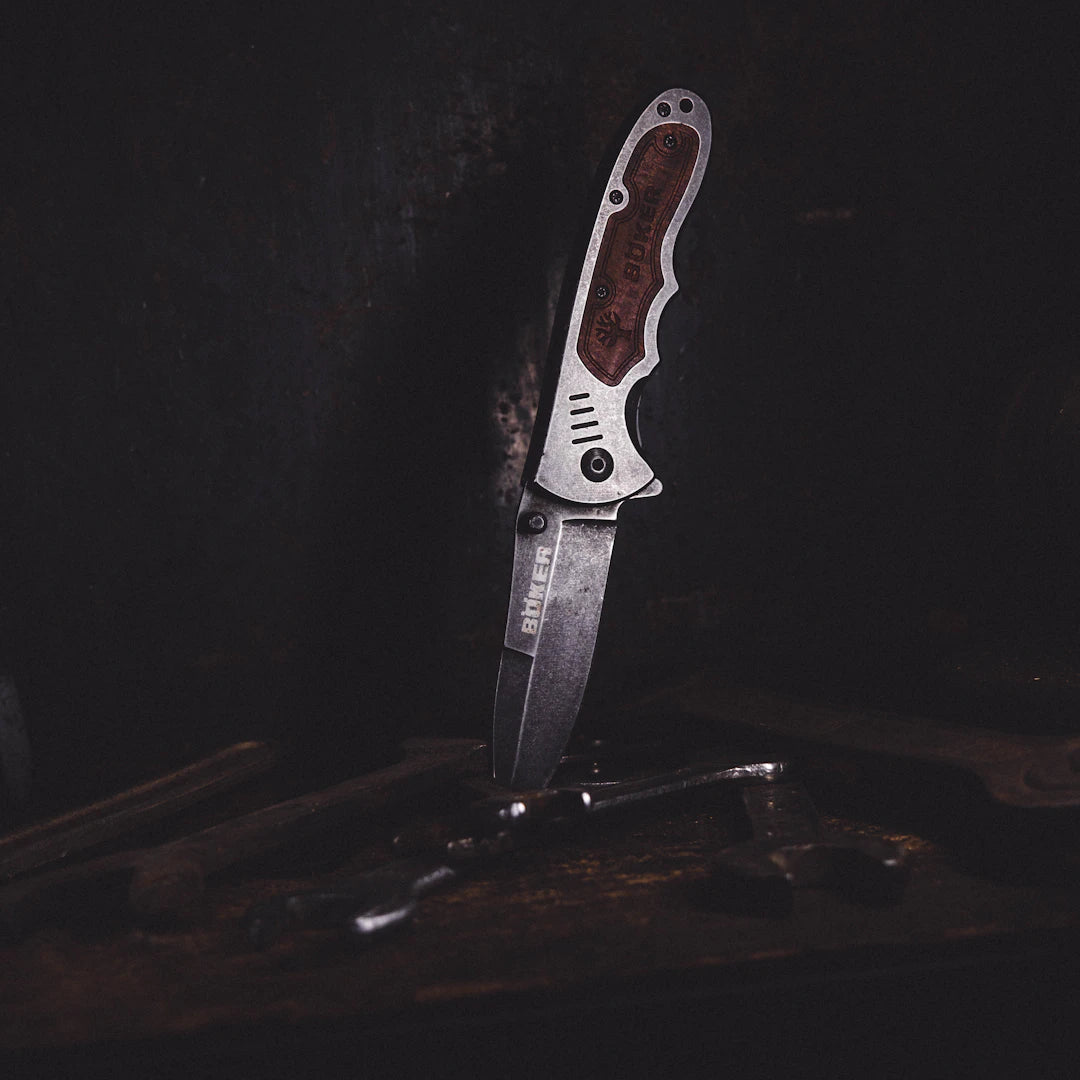
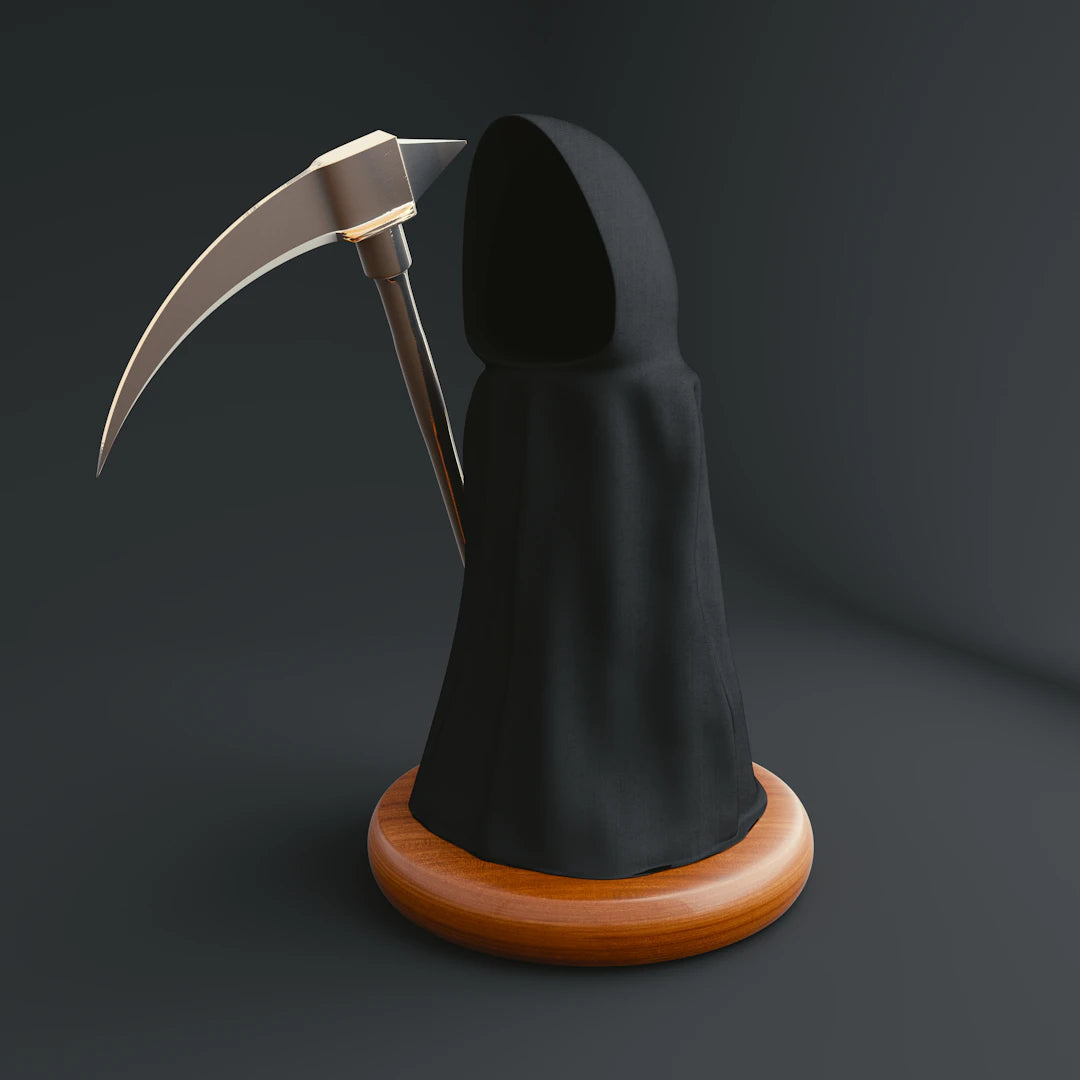
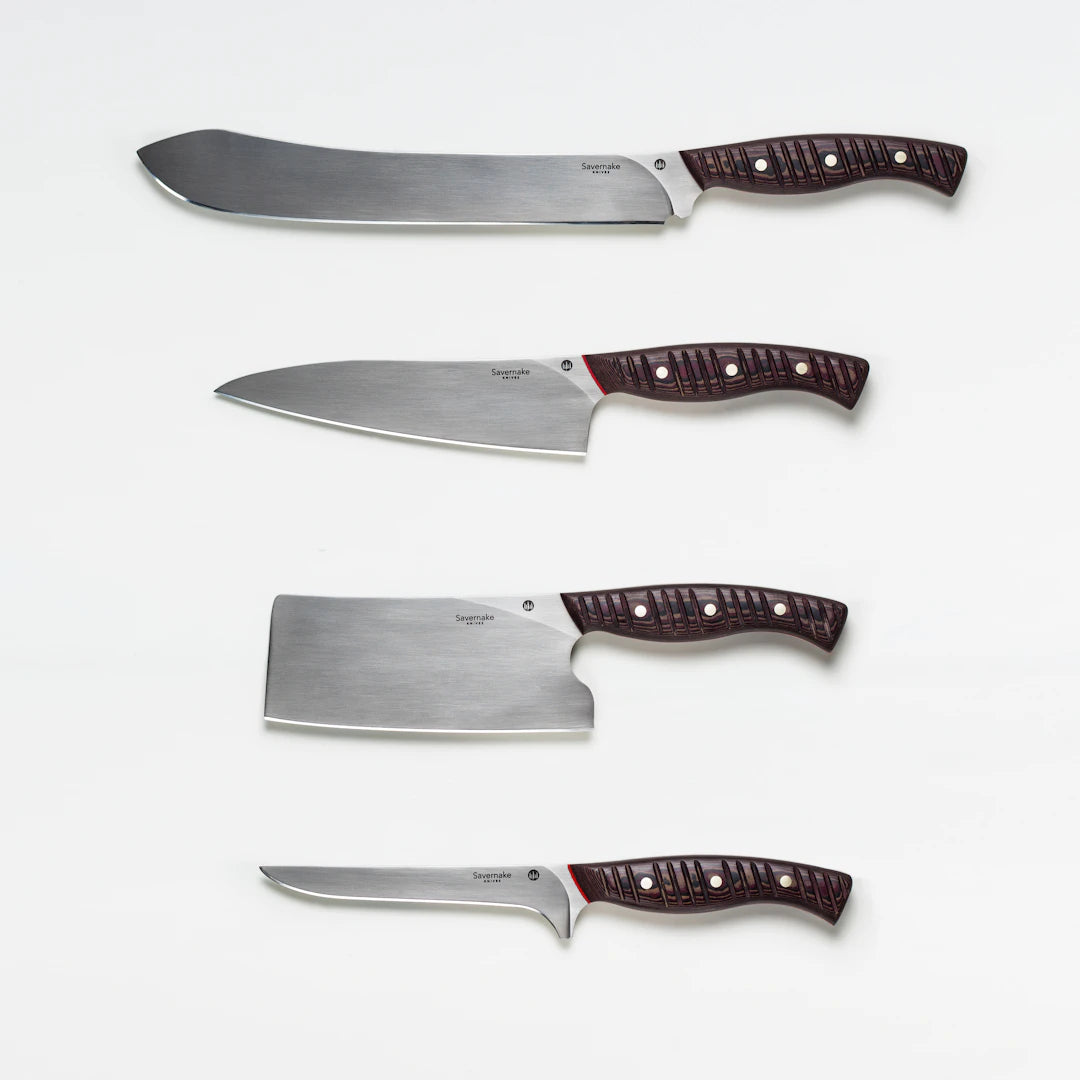
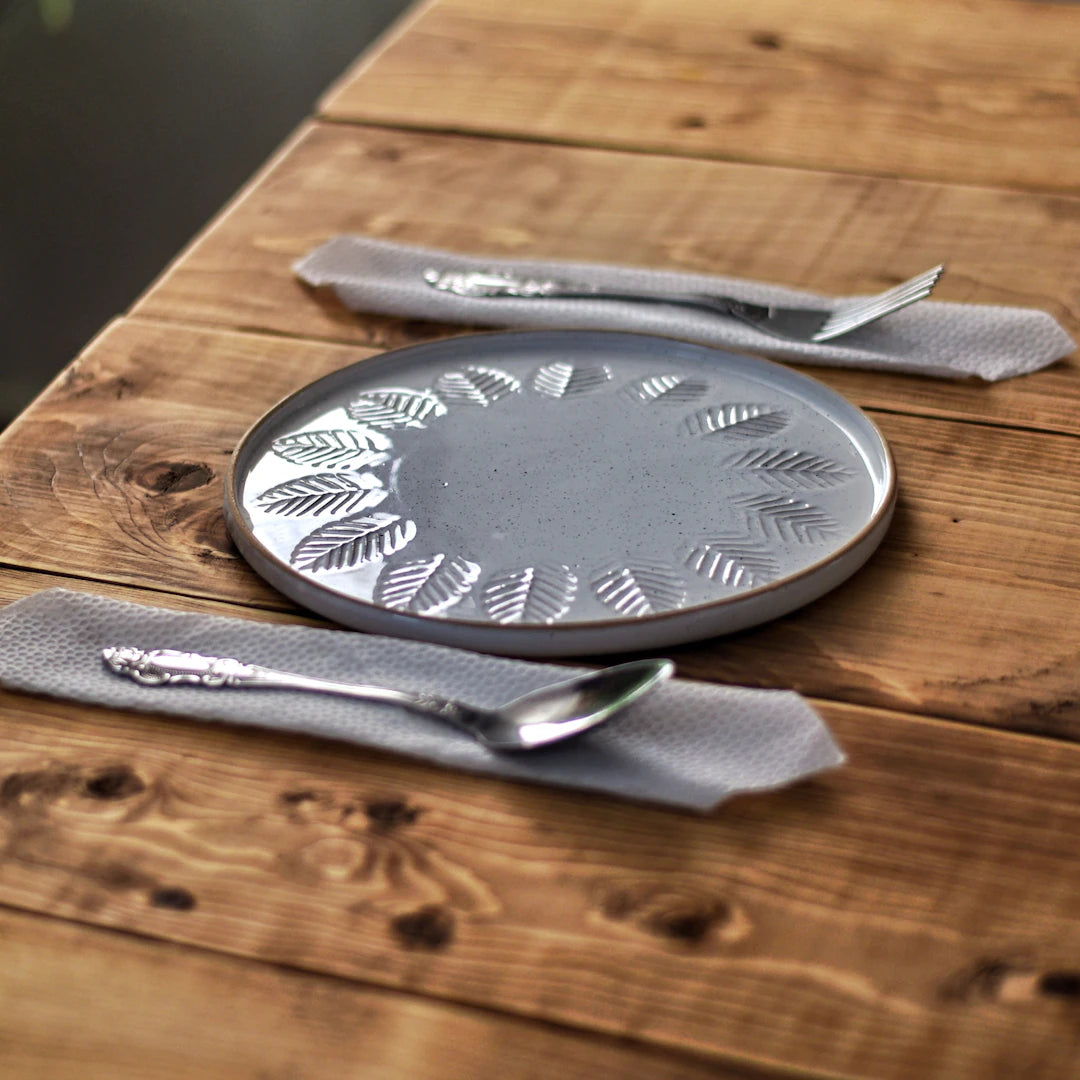

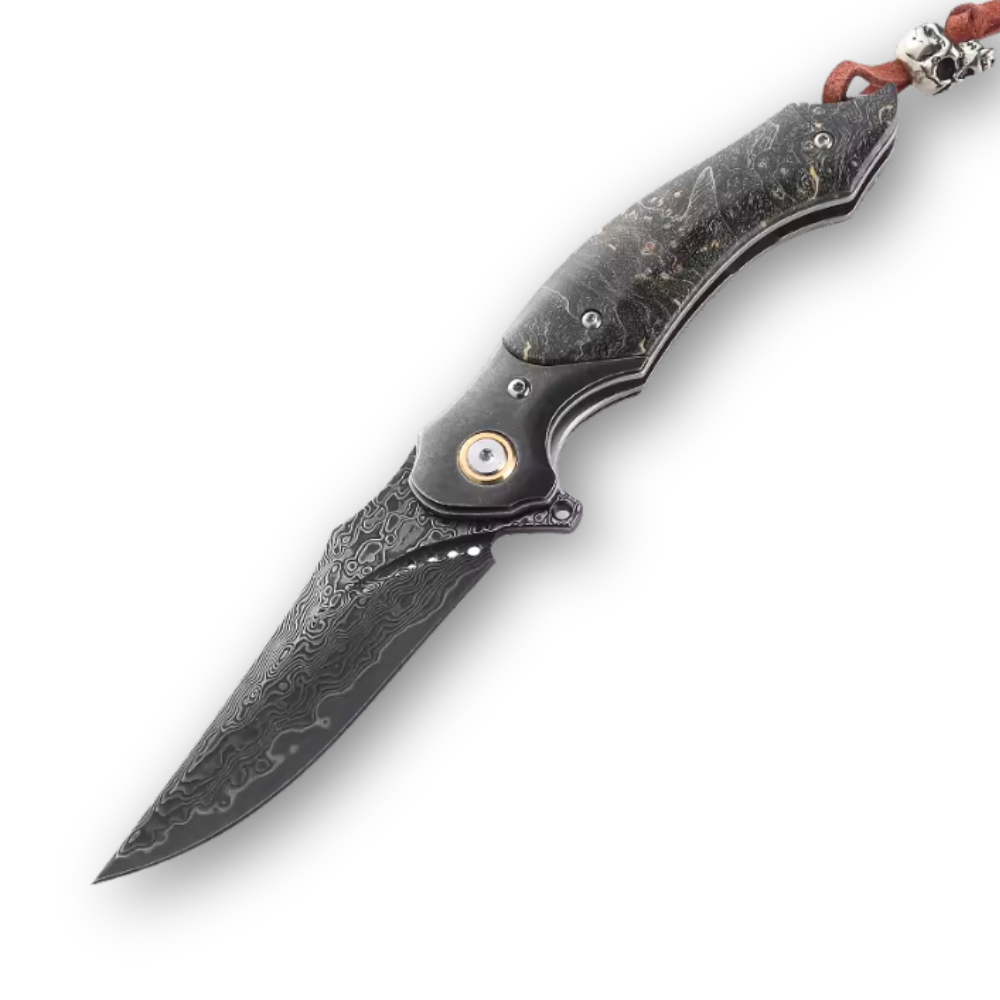
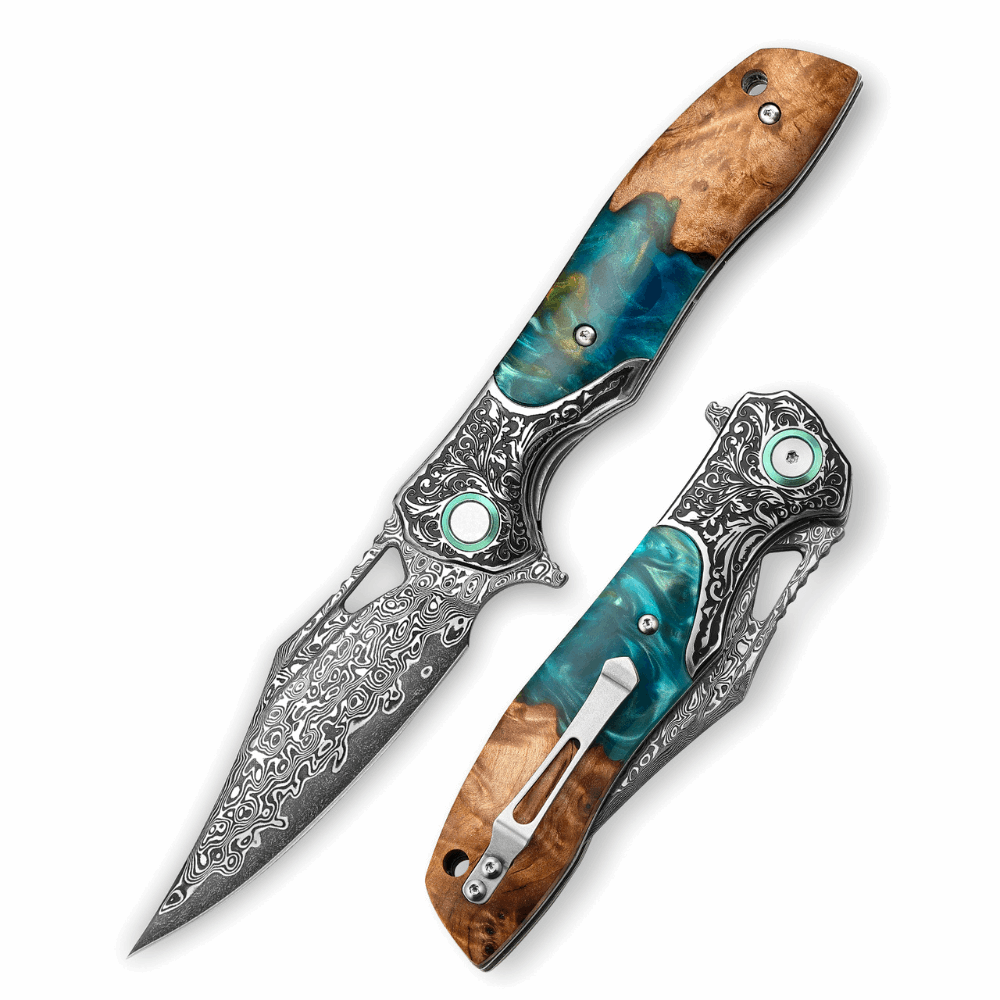
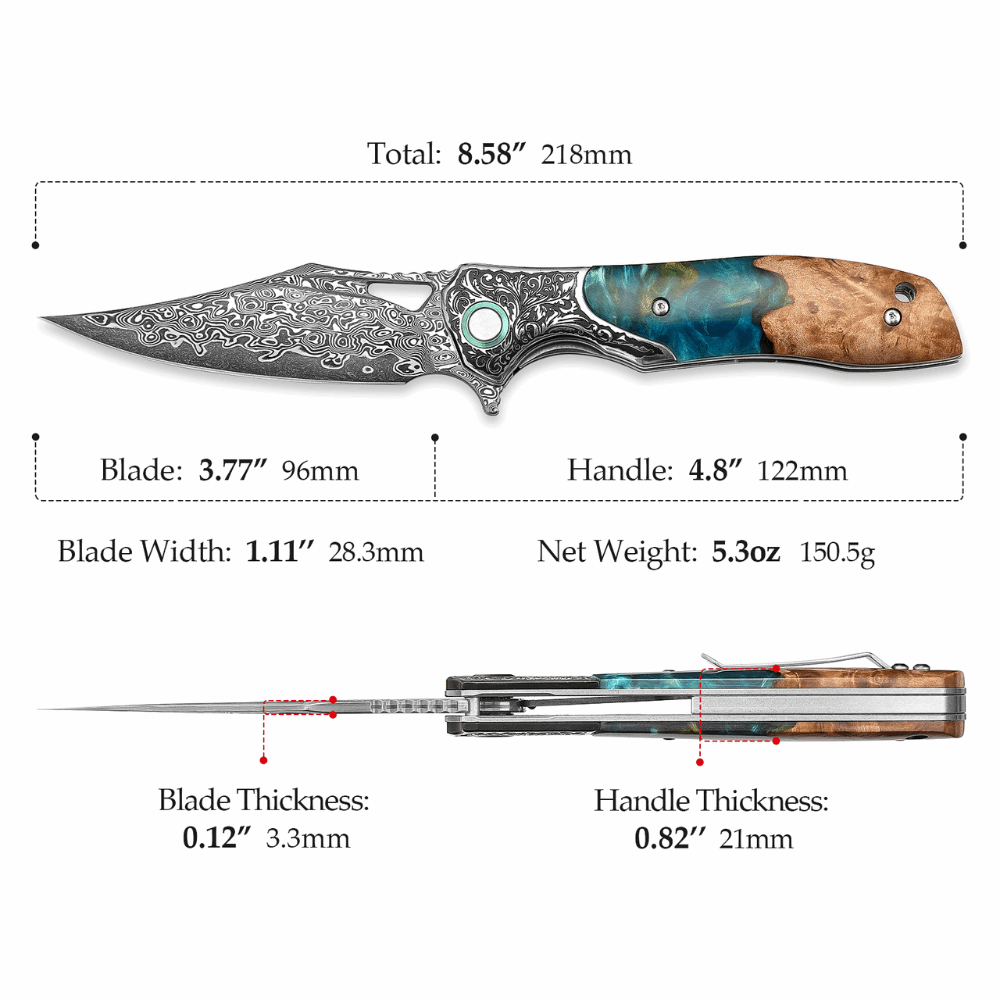
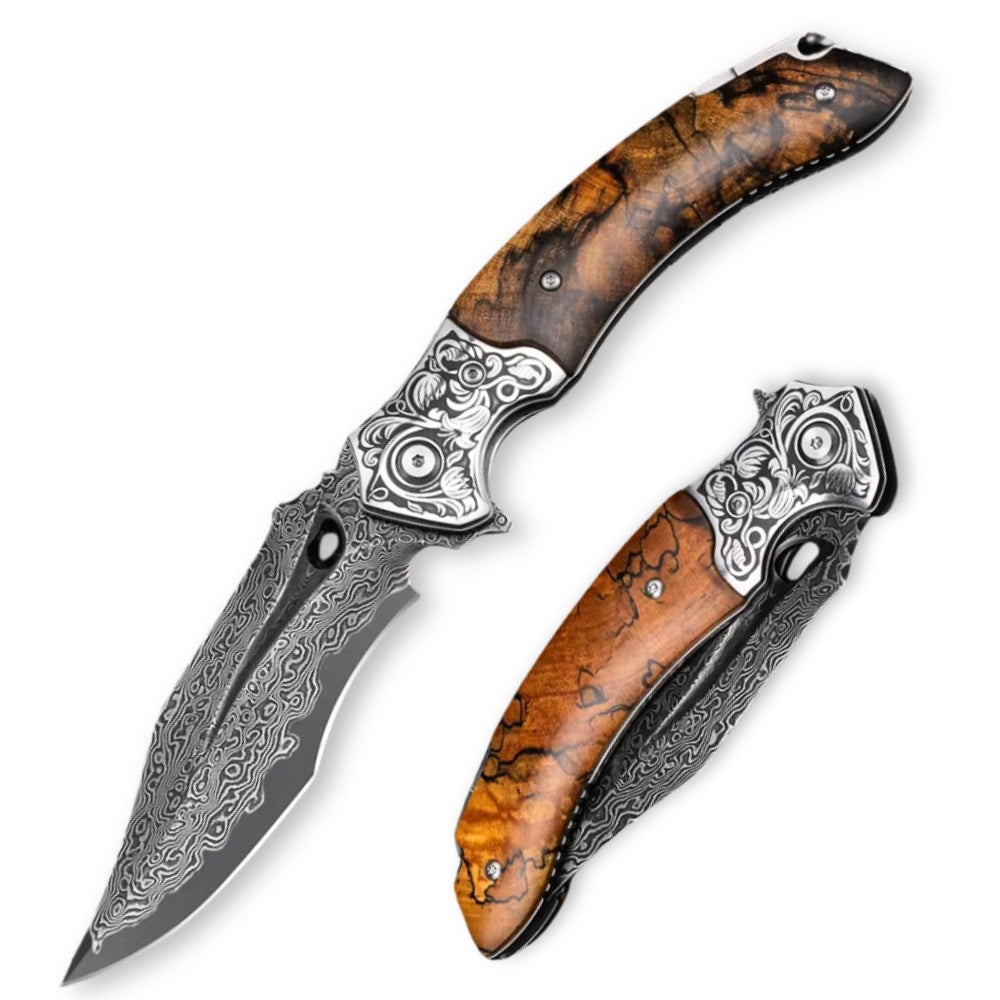
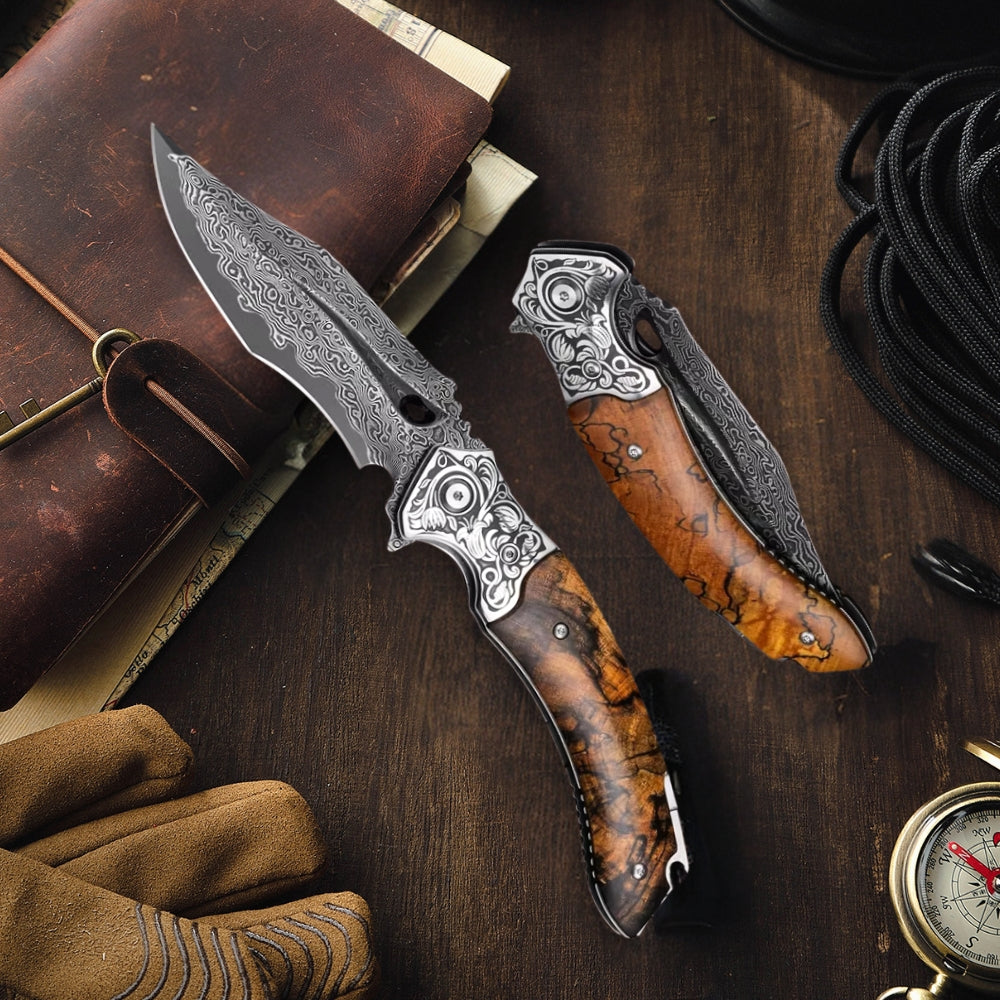
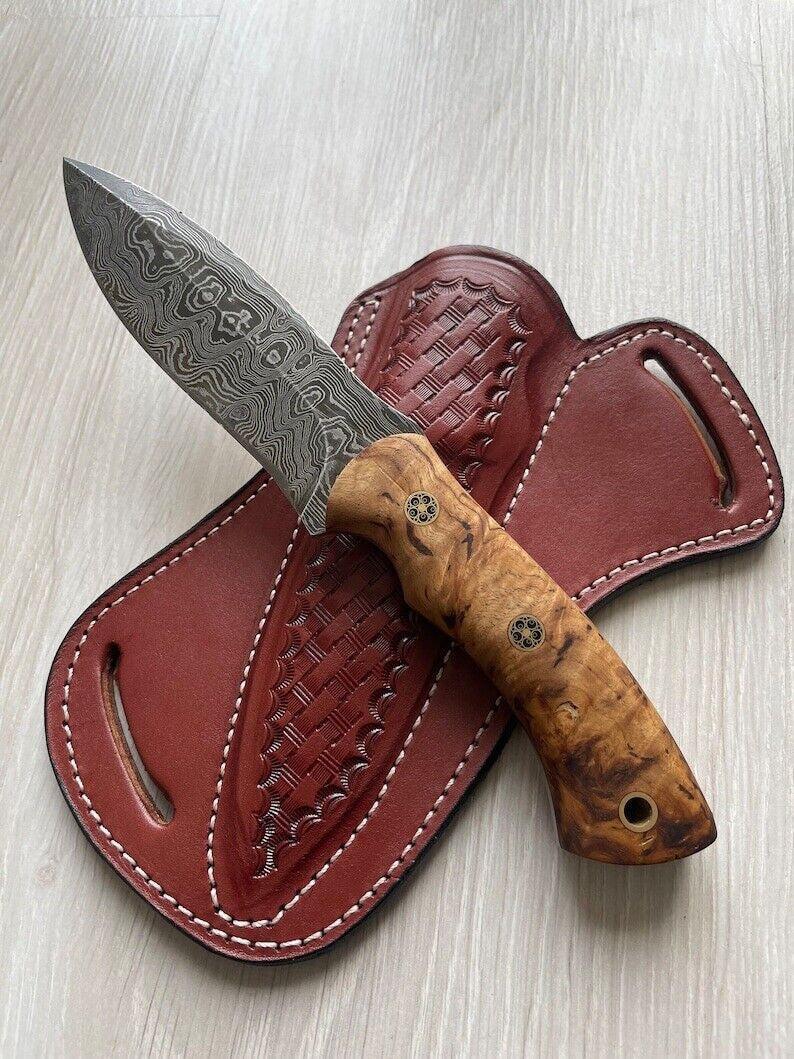
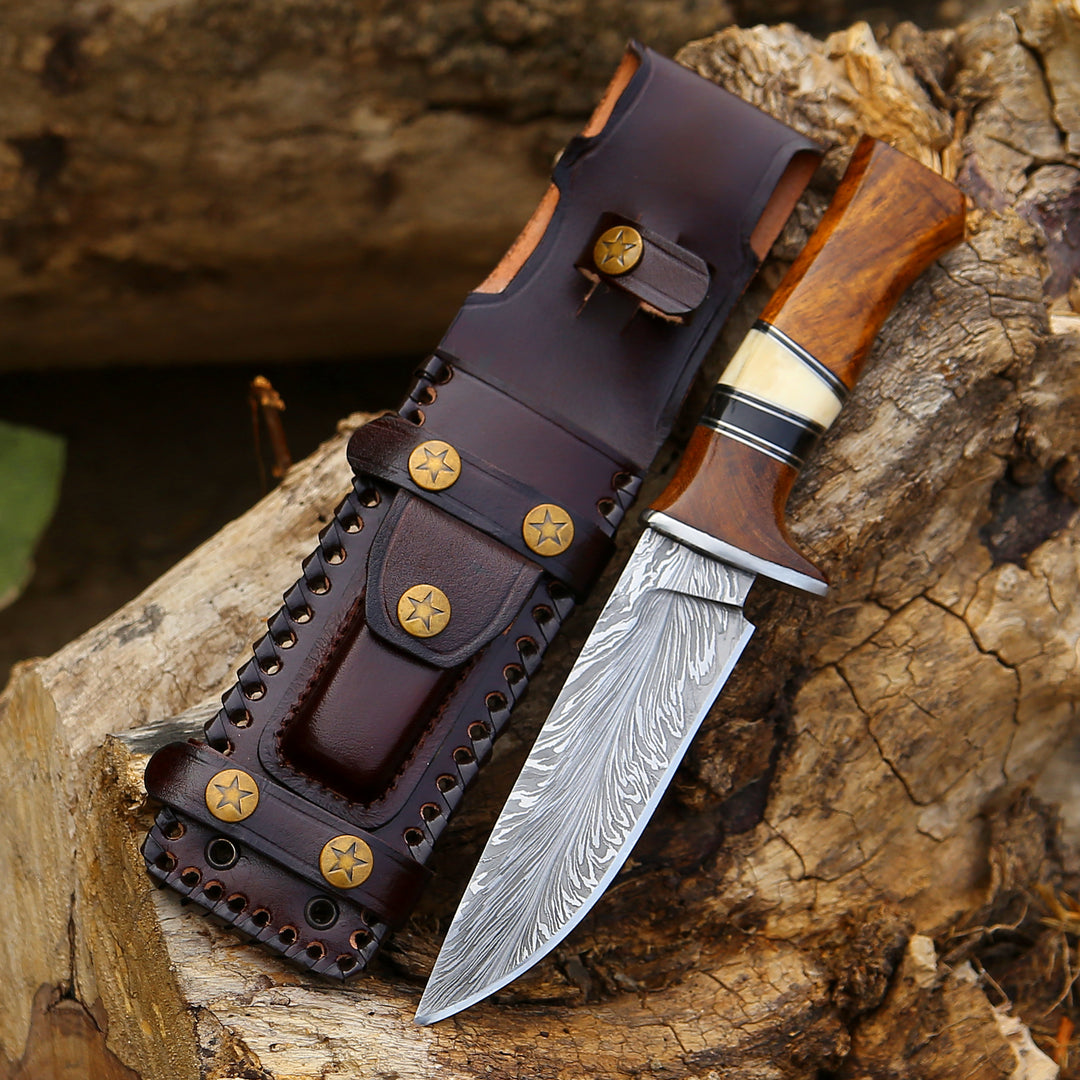
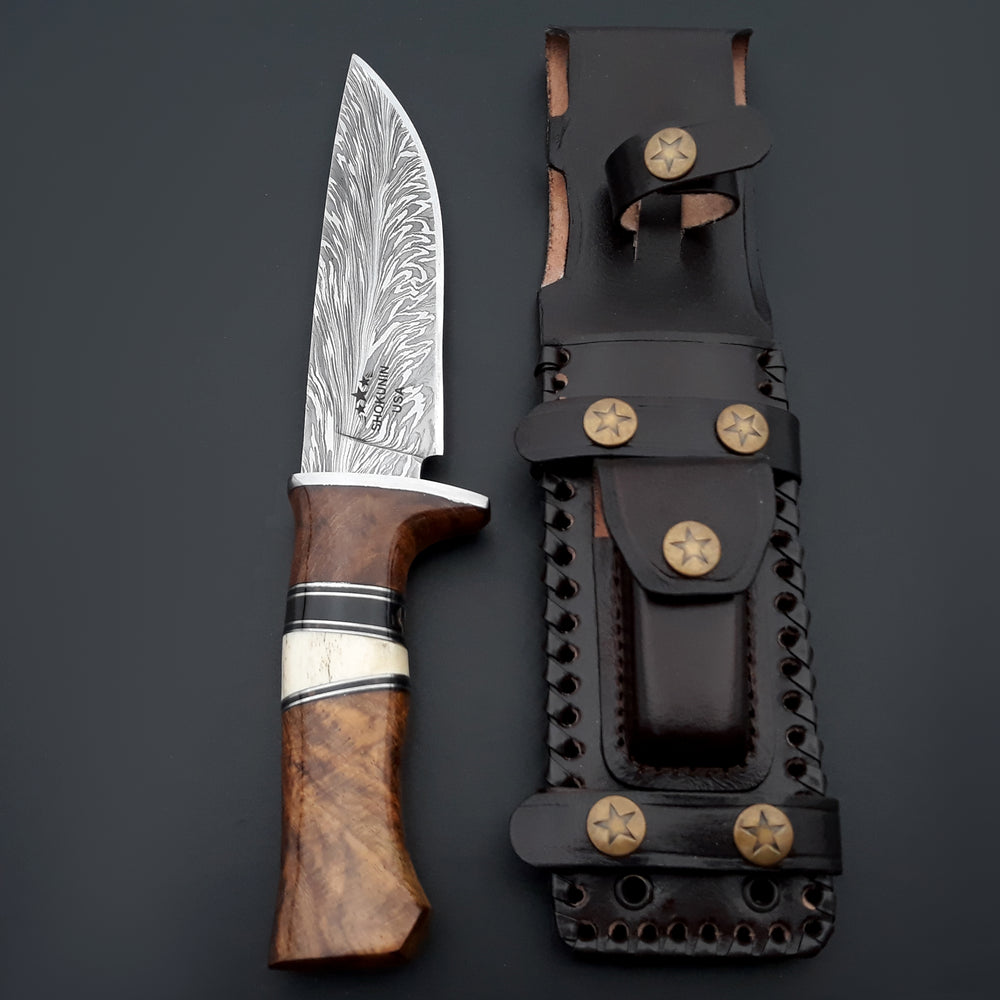
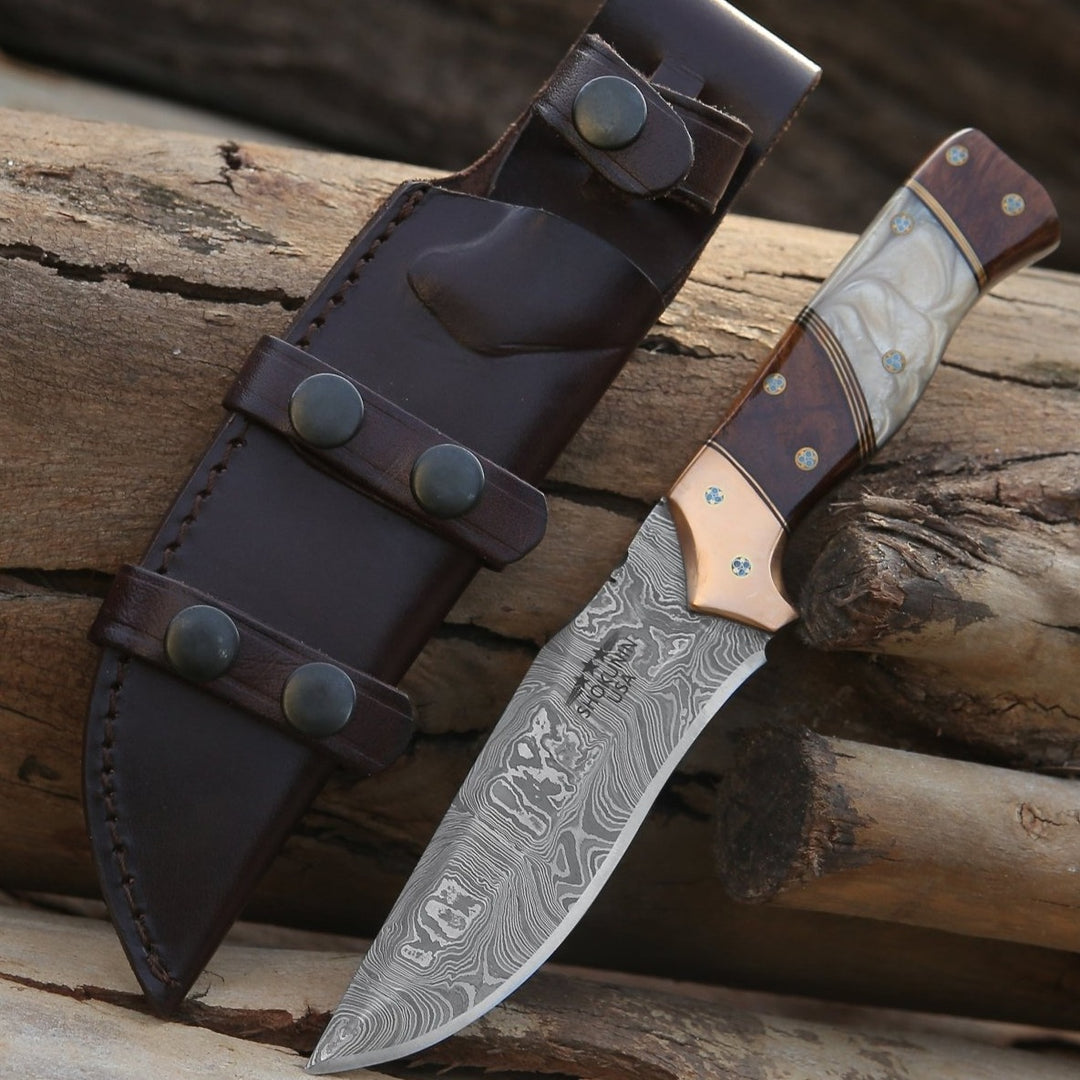
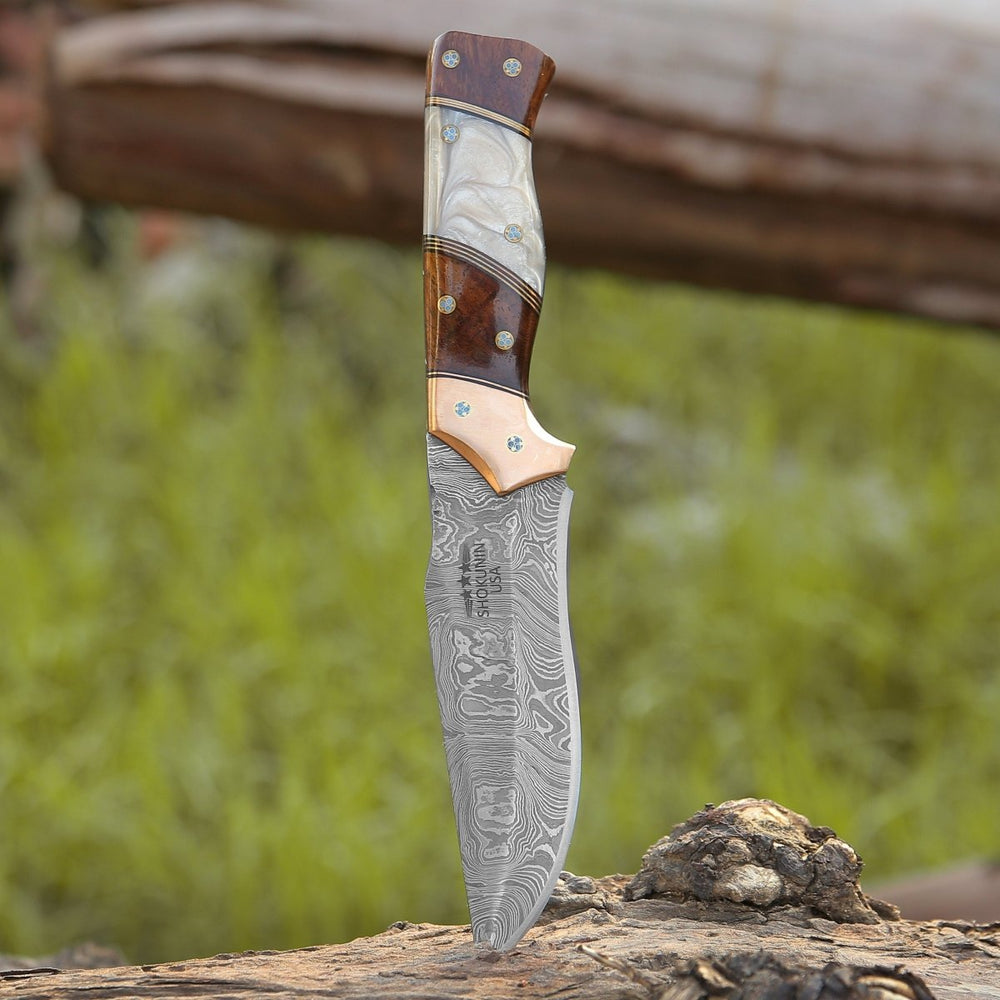
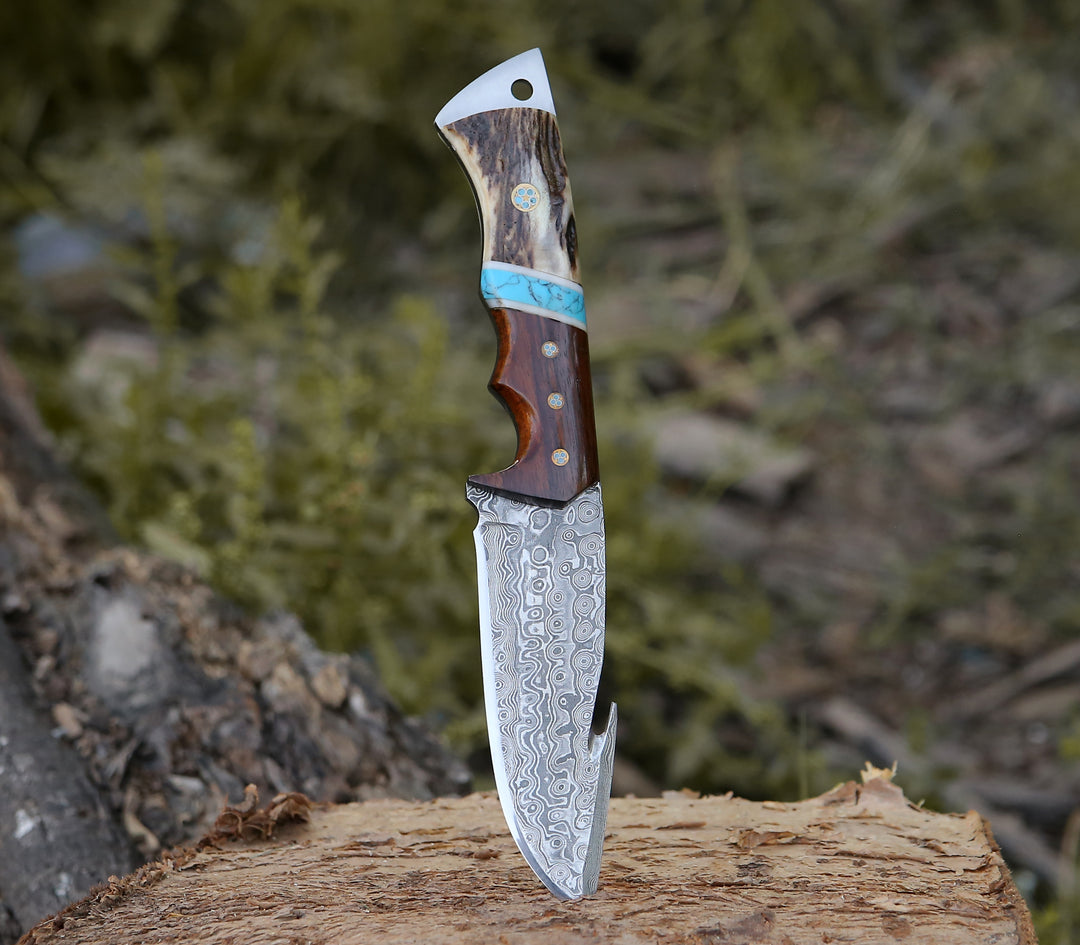
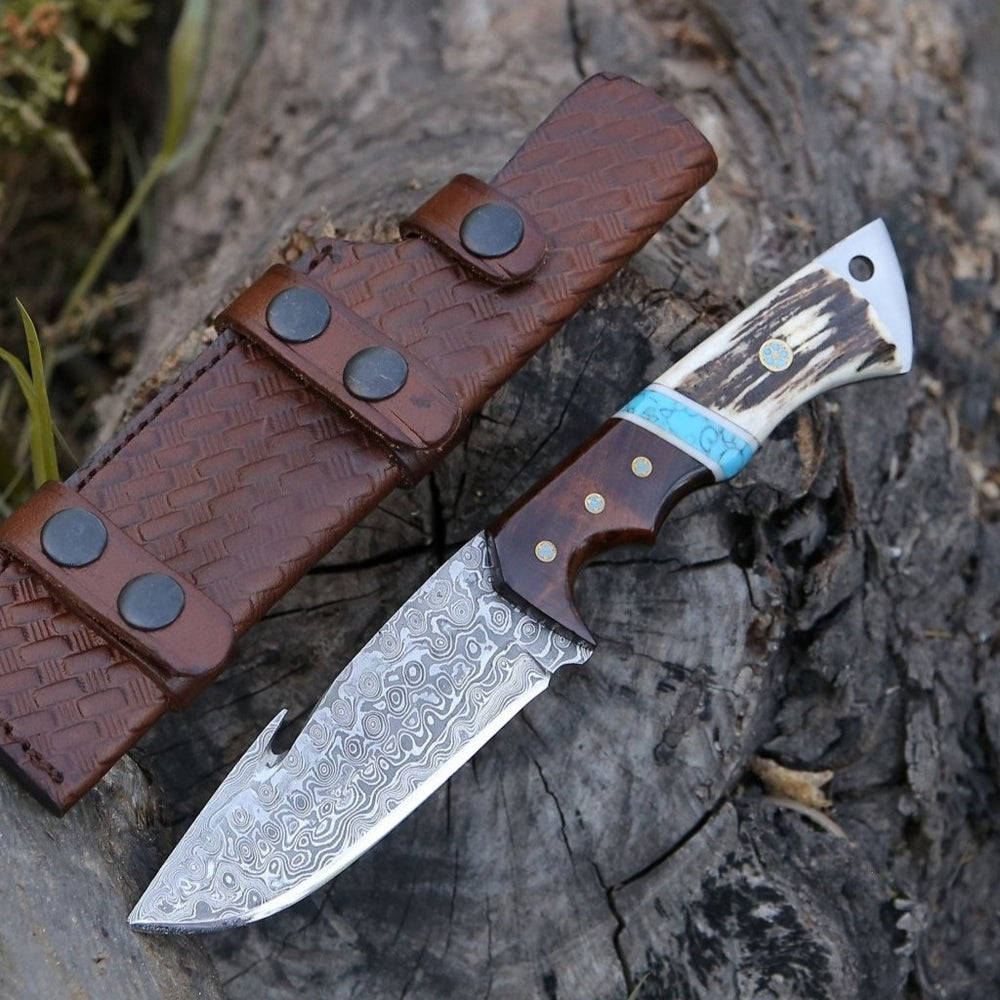
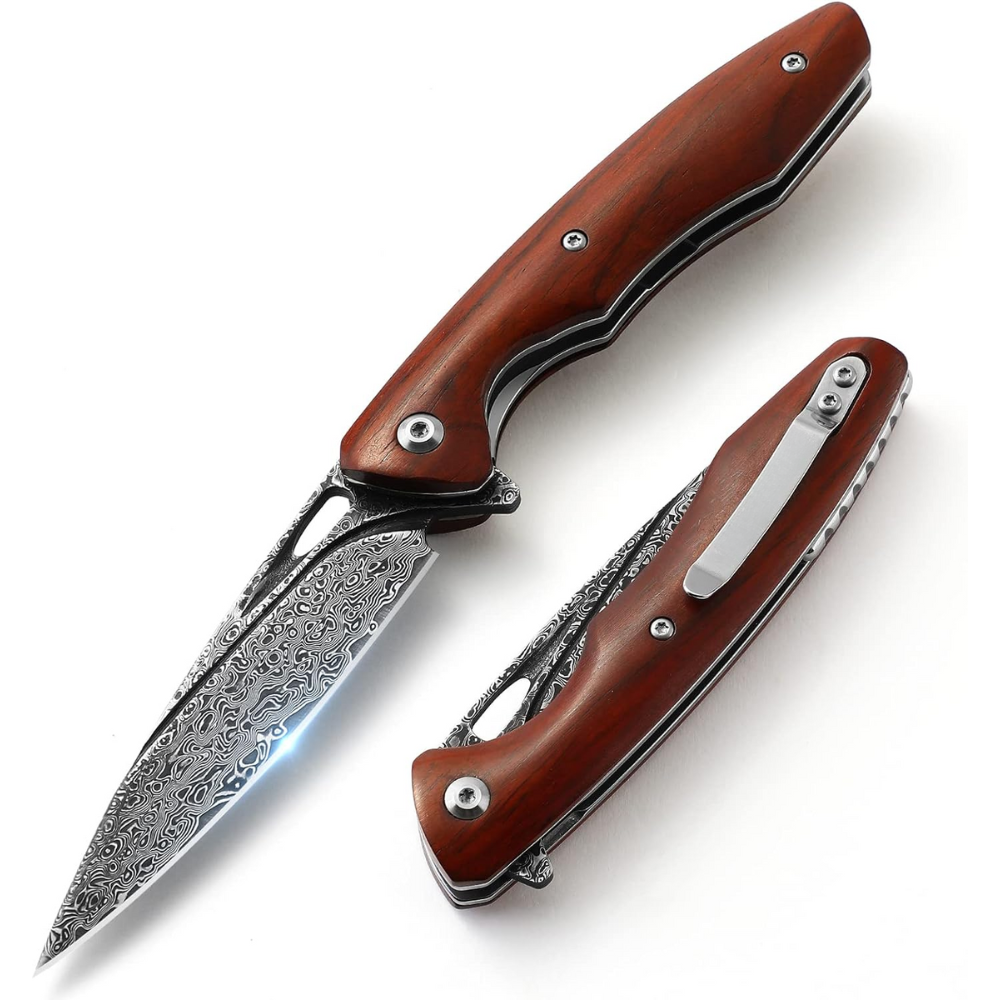

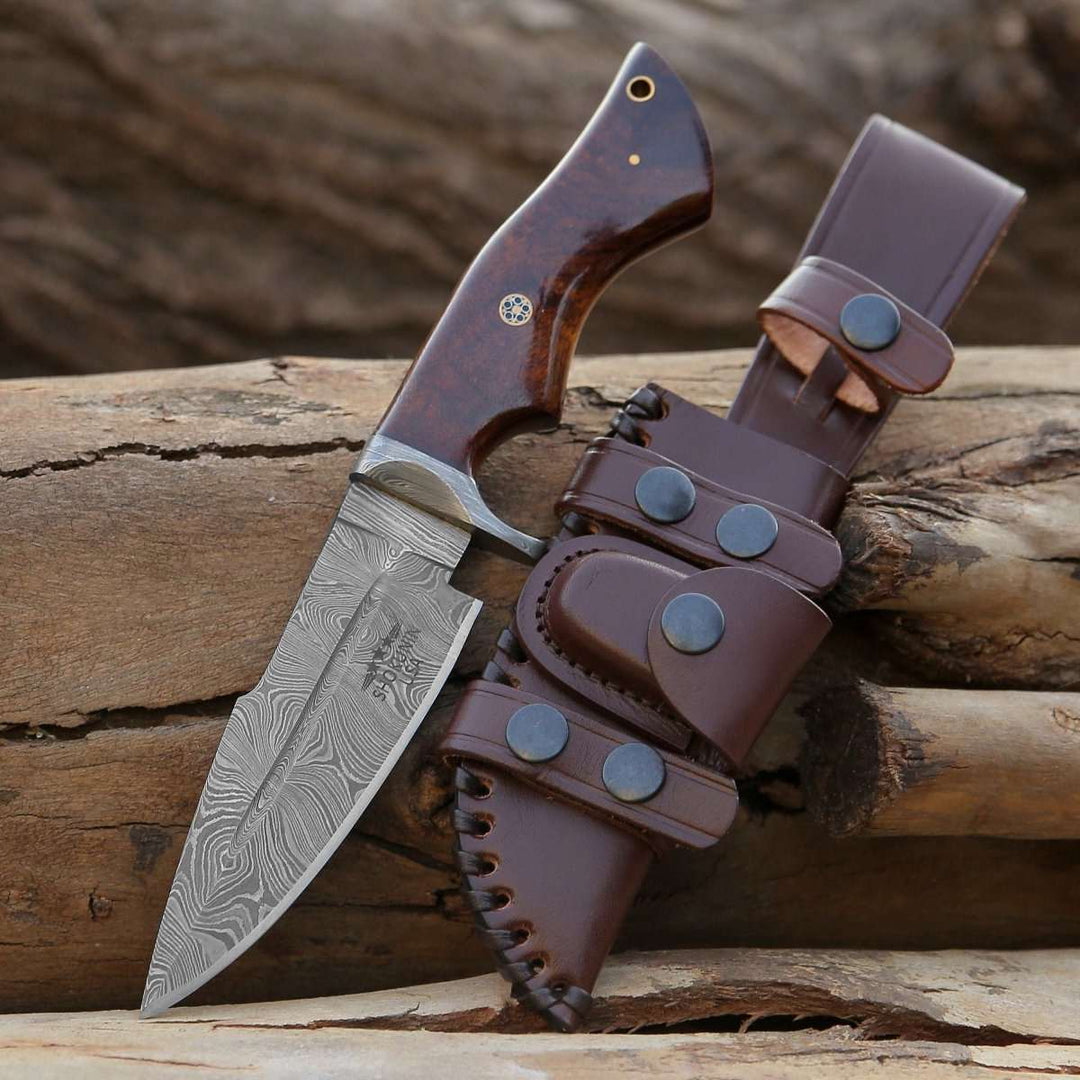
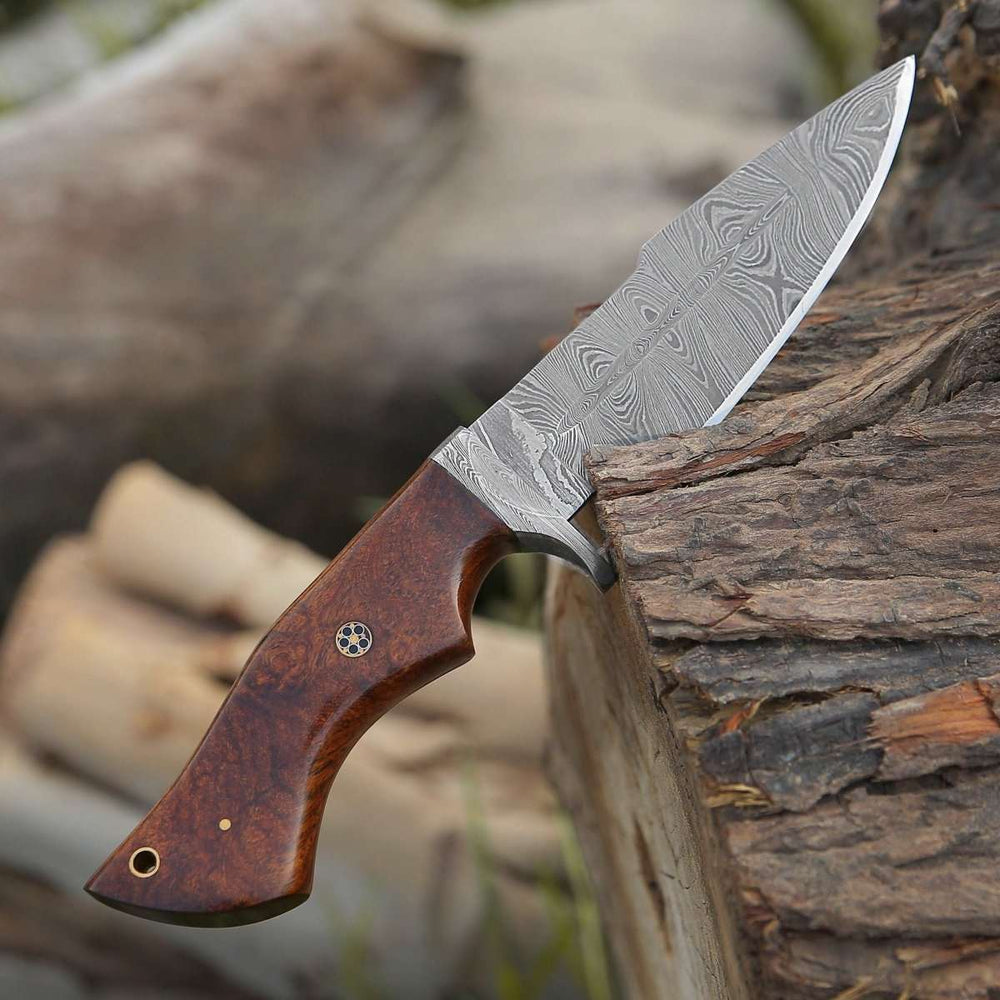
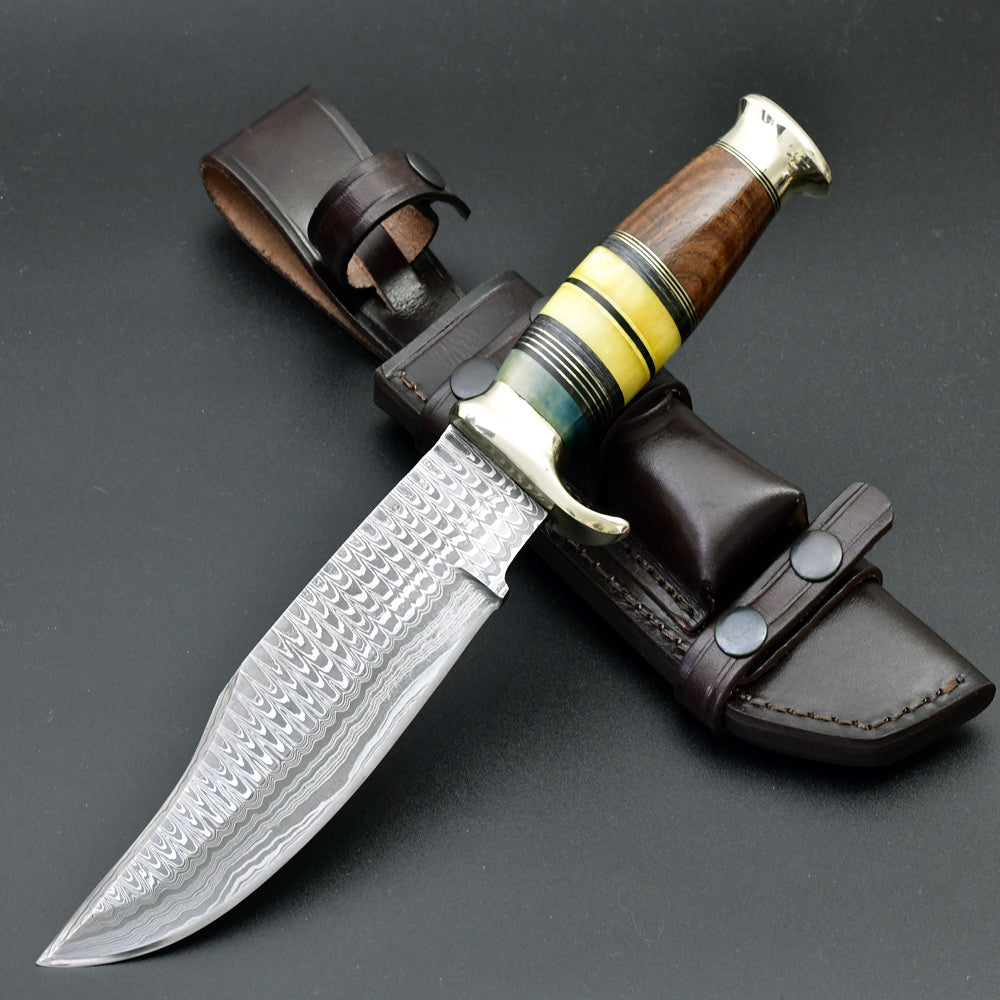
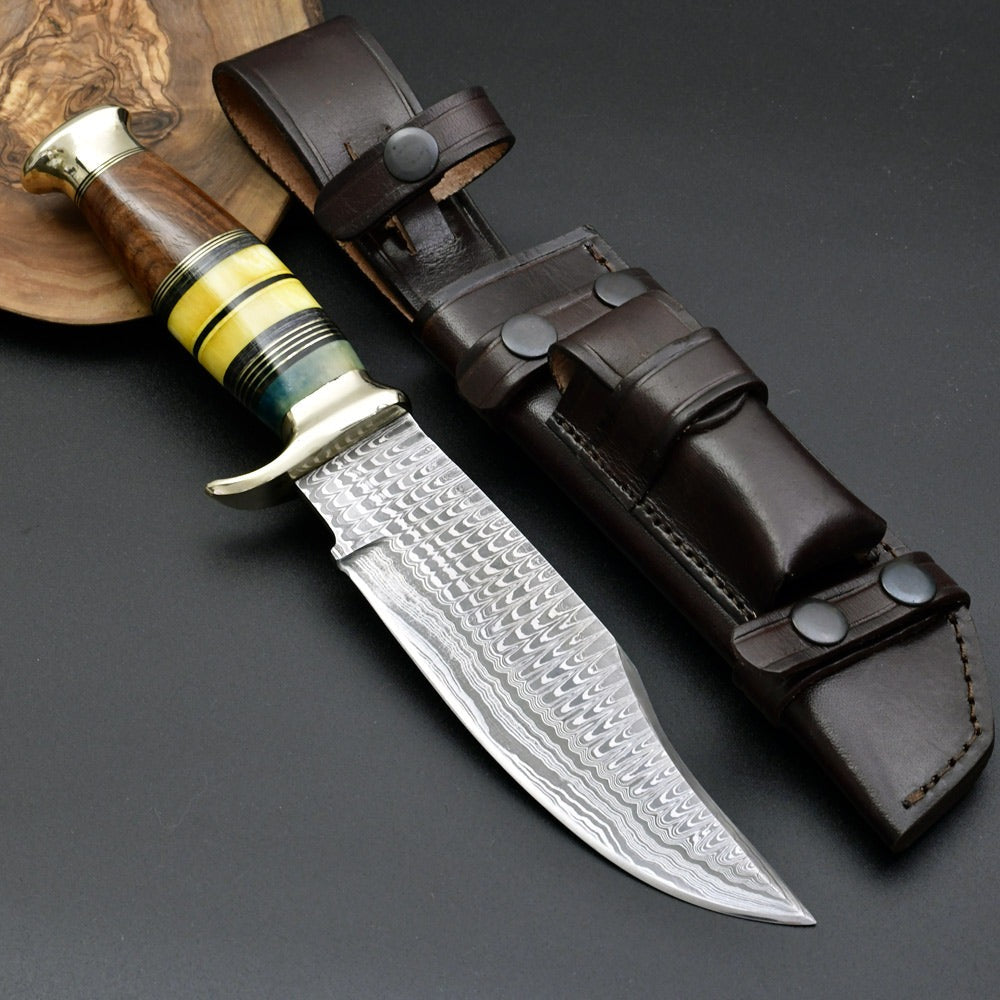
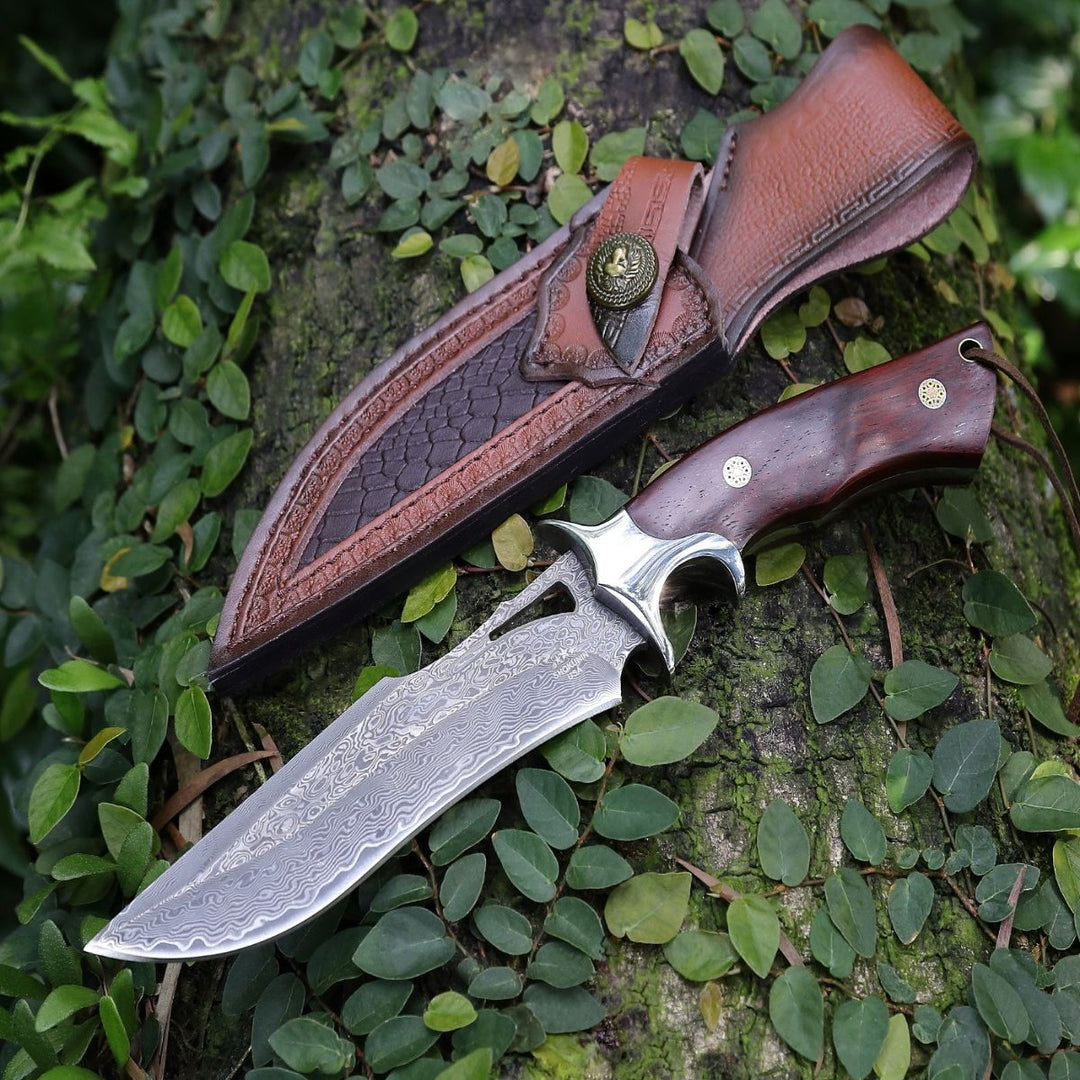
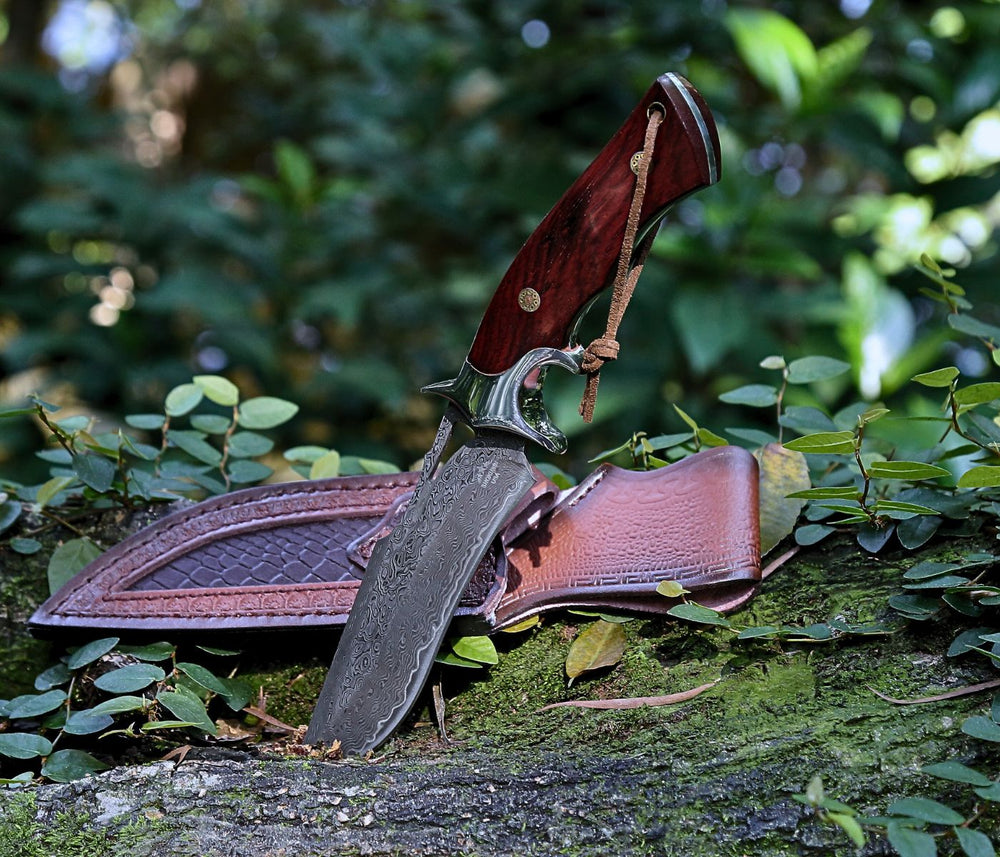
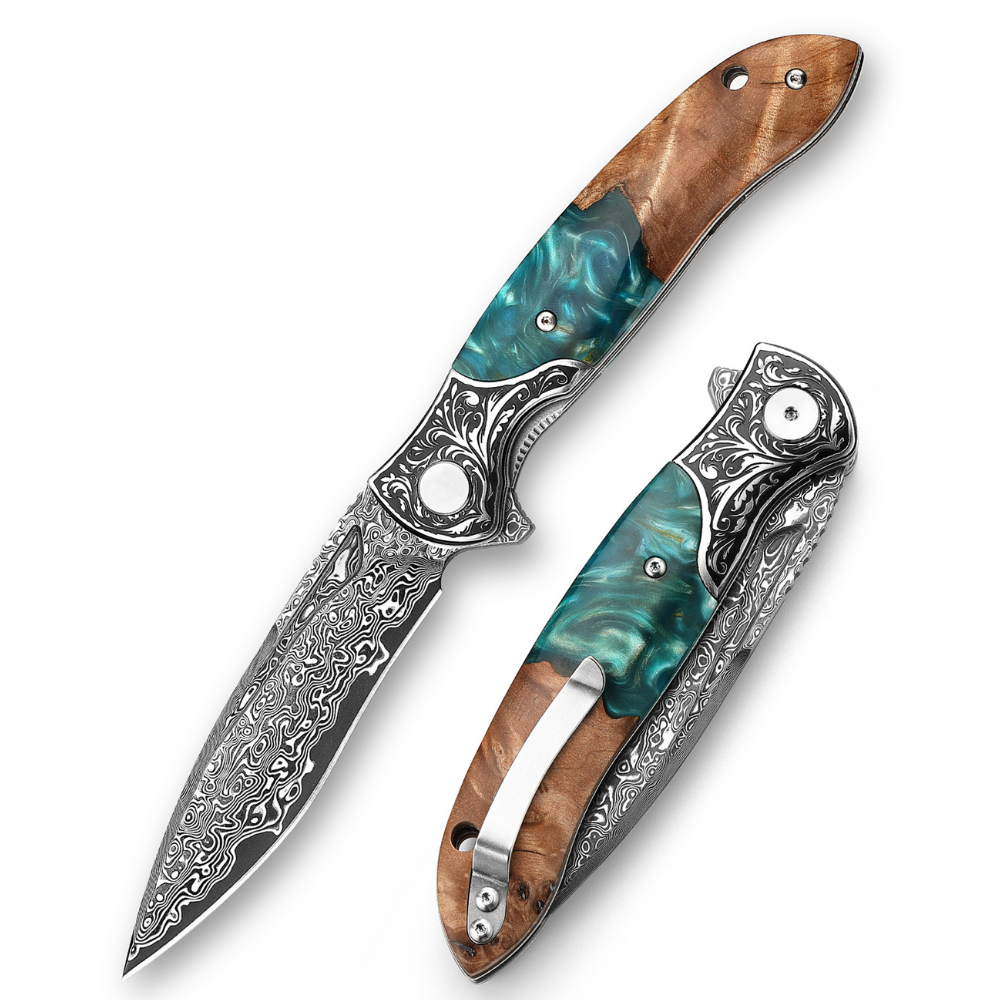
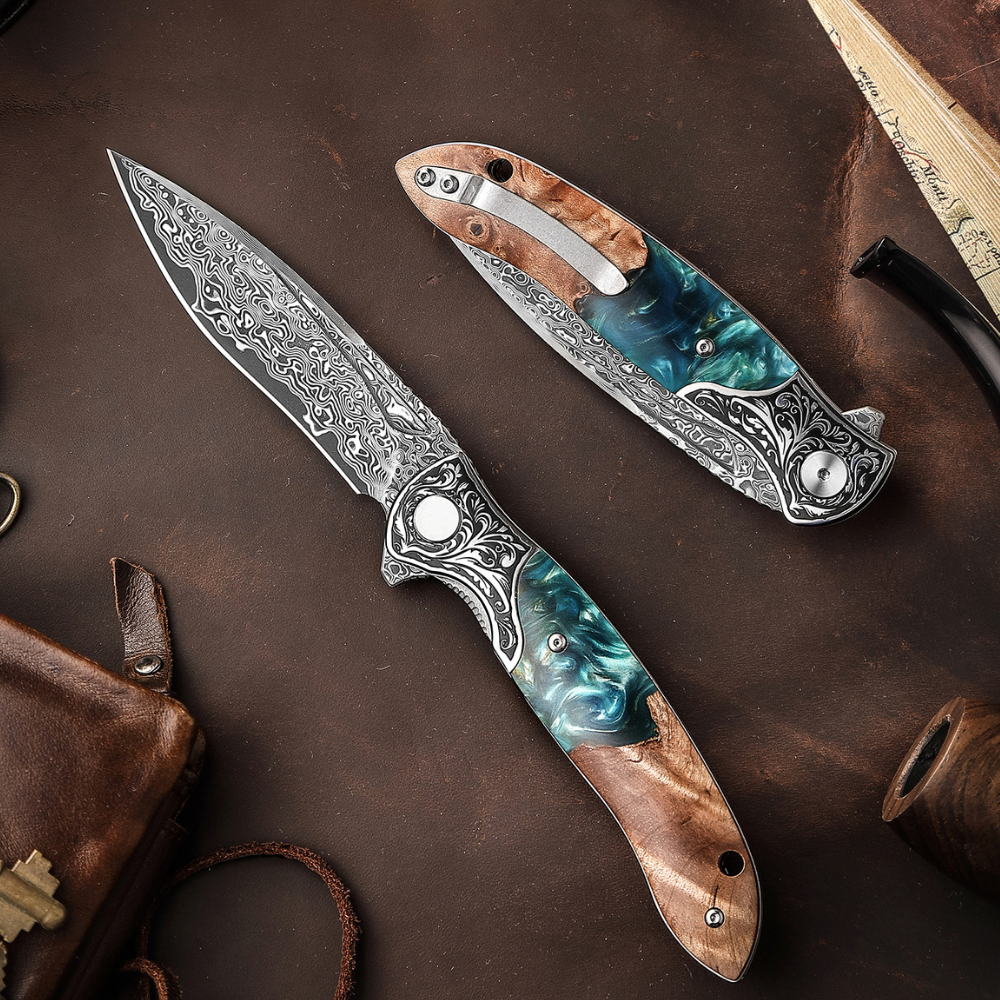
Leave a comment